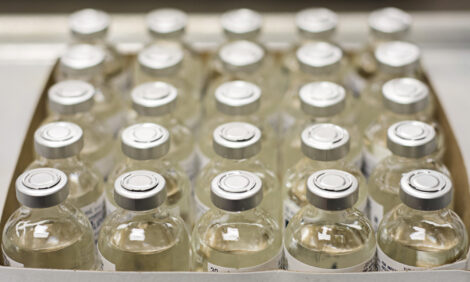



Understanding consumers attitudes to animal welfare
89% of respondents agree that animal welfare is important to them when buying productsHowever, when we look at the point of purchase, as seen in the AHDB meat shopper journey, animal welfare and quality assurance marks become less of a consideration, with other factors such as price and taste remaining the top drivers behind consumer decision making. Interestingly, we’ve seen an increase in the desire to buy local and British meat over the course of the pandemic, with a third of shoppers stating that it has become more important (AHDB/YouGov, May 21).
As well as welfare, environmental considerations are now at the forefront of consumer thinking. 81% rated the impact on the environment as important or fairly important to them in July 2020, compared to 76% in July 2017 (IGD, July 17/20). While only 1 in 5 people are reducing their meat intake, health is cited as the main reason for doing so (40%), followed by impact on the environment (26%) and carbon footprint reduction (19%). Animal welfare concerns are cited by 18% (AHDB/YouGov, May 21).
Animal welfare concerns do remain a key driver for dairy reduction and veganism. 20% have considered reducing their dairy intake, with 56% of those people citing animal welfare as a reason for doing so. For vegans or those thinking of becoming vegans, 34% quoted animal welfare as the main reason for practicing this diet (AHDB/YouGov, Feb 21).
What does animal welfare mean to the consumer?
Consumers often associate higher animal welfare with outdoor access and specific practices, such as free range, outdoor reared or bred, and organic production. According to a study by YouGov (Sept, 2020), the term ‘free range’ is associated most with higher welfare standards, with 53% of respondents associating higher welfare with this practice. This comes despite there being no clear definition on free range outside of poultry production.




Generally, most consumers believe that UK farms have a high standard of animal welfare, although it is accepted there may be issues with compliance in a few instances. Previous research showed that consumers regard farmers as the most trusted group in the supply chain, with 71% rating farmers as trustworthy, higher than both supermarkets and food processors (AHDB/Blue Marble, 2020). This is particularly driven by respect for farmers expertise, and there’s a general agreement (76% strongly or tend to agree) farmers care about their animals and livestock (AHDB/Blue Marble, 2020).
How does the demand for higher welfare affect purchasing?
Outwardly, we know that consumers regard animal welfare as an important factor. However, price can be more influential at the point of purchase, which questions the notion that consumers are willing to pay more for higher animal welfare products. Overall, products labelled as higher welfare make up a small share of the total market. For example, only 12% of all pig meat sold at retailers is outdoor bred, outdoor reared or free range, with products apportioned to this category almost twice as expensive per kg (Kantar, 52 w/e 16th May 2021).
The small uptake of higher welfare meat among consumers highlights that while consumers may say they are concerned with animal welfare, they may not be willing to pay more for these premium products and will instead tend to opt for a cheaper option at the point of purchase.
What does this mean?
Overall, most consumers think that standard tier products have good enough animal welfare standards and there is a reliance on retailers and assurance schemes to ensure this standard is met. However, we know that negative news stories can have a highly damaging impact, with meat reduction significantly higher (+44%) among those who have seen negative media stories about meat compared to those who had not (+26%, 25-55 year olds, Future Thinking, Feb 20). Going forward, it’s vital that industry continues to ensure good compliance on-farm with existing welfare standards.








